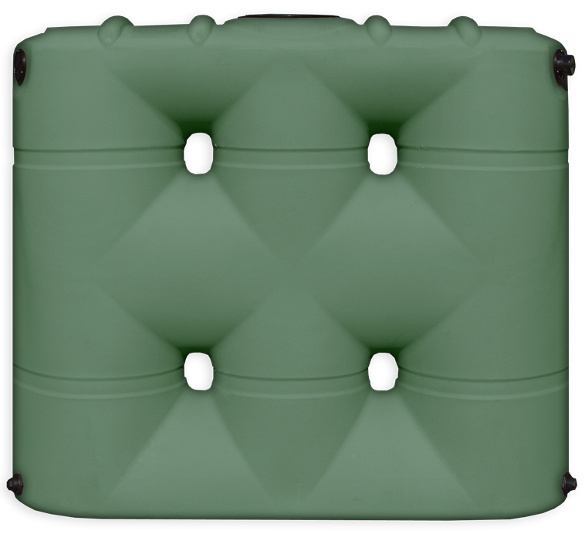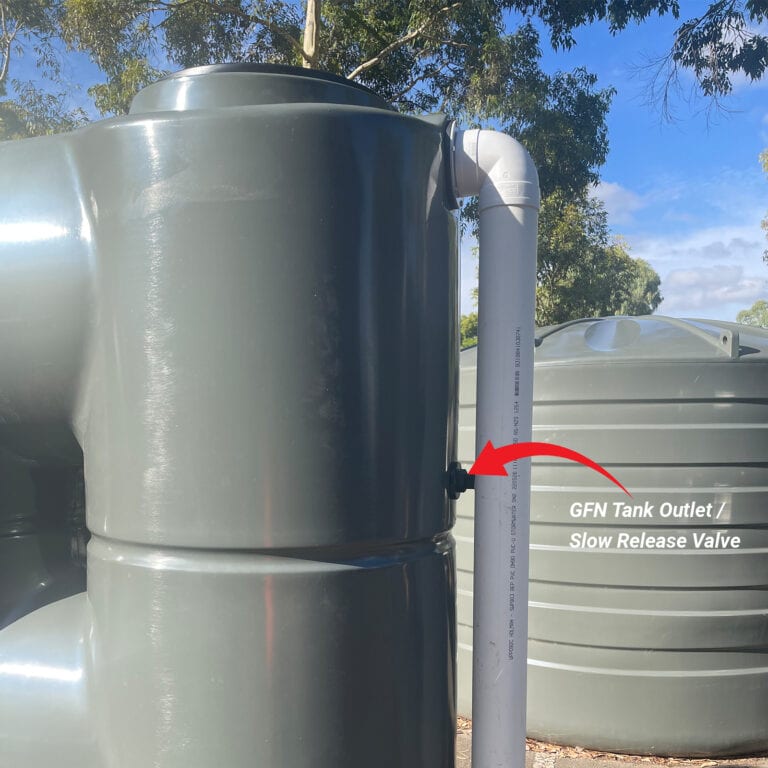Recognizing the Importance of Rainwater Containers in Drought-Prone Regions for Water Security
In regions at risk to long term droughts, the duty of rain storage tanks in bolstering water safety is a subject of growing significance. As areas face the difficulties of water shortage, understanding the relevance of these containers exceeds mere collection of rain. Rain tanks work as a vital device in alleviating the impact of water shortages by offering a sustainable resource of water for various demands. The true worth of rainwater tanks expands much past plain storage; it encompasses resilience-building measures and the promotion of long-lasting water preservation strategies. This complex approach to water protection warrants a more detailed evaluation of the duty rainwater storage tanks play in making sure a trusted water system throughout times of dry spell.
Benefits of Rain Tanks
Utilizing rain storage tanks provides a lasting option for augmenting water supply and enhancing water protection in household and commercial settings. One of the main advantages of rain tanks is their ability to minimize dependency on keys water supply.

Rain Harvesting Strategies
Rainwater harvesting methods encompass a series of methods designed to successfully collect and store rain for different functions, contributing to water preservation and sustainability. One common method is the setup of rooftop catchment systems, where rainwater is gathered from the roofing of a building and routed to a storage tank. This approach is relatively simple and cost-efficient. Another preferred method is making use of above-ground or underground tank to store rain for later use. These storage tanks come in various sizes and materials to suit various requirements and can be linked to the existing plumbing system for simple accessibility.

Moreover, rain yards and absorptive sidewalks are cutting-edge techniques that involve landscape design or paving surface areas in a way that permits rainwater to percolate into the ground, renewing groundwater books. Furthermore, contour farming and terracing are agricultural techniques that aid capture rainwater and prevent dirt erosion in uneven terrain. By executing these varied rain harvesting techniques, areas can boost water safety and durability in drought-prone regions while advertising sustainable water monitoring techniques.
Value of Water Protection
Guaranteeing trustworthy access to clean and adequate water resources is extremely important for maintaining human health, financial growth, and ecological health. Water security is a crucial aspect of social strength, particularly in areas vulnerable to dry spells and water shortage. Ample water safety and security encompasses numerous dimensions, consisting of availability, high quality, and availability of water for residential, farming, industrial, and ecological needs.
Water security plays a crucial duty in promoting public wellness by lowering the prevalence of waterborne conditions and making certain sanitation facilities. Economically, water safety is vital for agricultural productivity, industrial operations, and general financial growth. Slimline water tanks. Water security is carefully linked to ecological sustainability, as it sustains communities, biodiversity, and total environmental equilibrium.
In drought-prone regions, water safety and security becomes even more critical as a result of the increased threat of water shortages. Implementing approaches like rainwater harvesting, water recycling, and efficient water administration methods can significantly enhance water safety in these locations. By focusing on water protection, communities can better hold up against the impacts of environment modification, populace development, and various other difficulties that intimidate water accessibility.
Enhancing Water Resilience
With boosting worldwide water challenges, developing resilience in water supply has come to be a crucial focus for sustainable growth initiatives. Enhancing water durability includes executing strategies to ensure water schedule and quality despite changing ecological conditions, such as droughts, floods, and air pollution.
One secret facet of improving water durability is promoting making use of rainwater containers in drought-prone regions - Slimline water tanks. a fantastic read Rainwater tanks function as a reliable ways of catching and saving rainwater for later usage, minimizing dependence on scarce freshwater sources during completely dry durations. By incorporating rainwater harvesting systems into water navigate to this website administration plans, neighborhoods can enhance their ability to stand up to water shortage and preserve water safety and security

Lasting Water Preservation
Amidst escalating water difficulties, the sensible monitoring of water resources with lasting conservation methods is essential for making sure long-term environmental security and societal wellness. Lasting water preservation entails the effective use of water resources to meet present needs without compromising the capability of future generations to satisfy their very own demands. By implementing techniques such as rainwater harvesting, greywater recycling, and water-efficient technologies, communities can lower water wastefulness and alleviate stress on freshwater sources.
In addition, sustainable water preservation practices add to ecosystem health and wellness by keeping adequate water degrees in rivers, lakes, and marshes, sustaining biodiversity, and protecting natural go to this site habitats. These techniques additionally play a critical function in reducing the impacts of climate adjustment by assisting to adapt to changing precipitation patterns and water availability.

Verdict
In conclusion, rainwater containers play a vital function in enhancing water security and resilience in drought-prone regions. By making use of rainwater harvesting techniques, neighborhoods can reduce their reliance on conventional water resources and promote sustainable water preservation practices. This not only helps reduce the effects of water scarcity during droughts but also adds to lasting water safety and durability in the face of environment adjustment challenges.